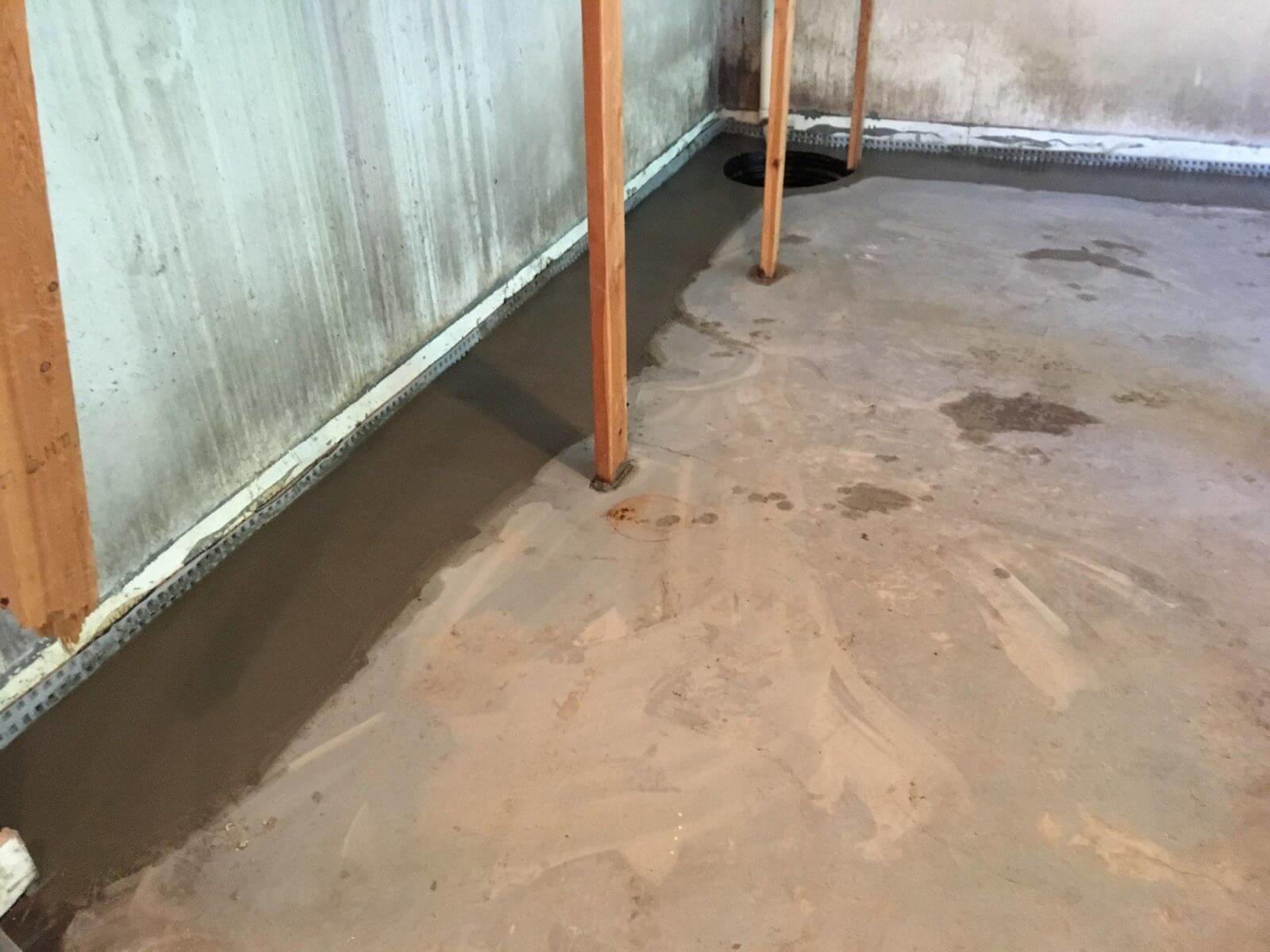Living through a flood can be disastrous, leaving not only physical damage but also psychological stress. Once the floodwaters recede, many property owners and landlords are left wondering what to do next. One of the most important steps in the recovery process is waterproofing. Implementing this measure not only shields your home from future water intrusion but also helps to safeguard your asset and ensures the well-being of your family.

Waterproofing is crucial for all home and building, as it acts as a barrier against moisture that can result in fungus, mildew, and physical damage. Understanding dry basement of waterproofing can save you thousands in repairs down the line. Whether you are dealing with a basement that needs safeguarding or a roof that requires attention, understanding how to properly waterproof your property is essential to avoiding future issues. In this guide, we will explore the significance of waterproofing, the indicators that show your property needs it, and the best practices for maintaining your space dry and safe.
Why Waterproofing Matters
Sealing against water is a vital aspect of protecting the quality of residential buildings and commercial structures. It functions as a defensive barrier against water leaks, which can lead to severe damage over time. Without appropriate waterproofing measures, structures are at risk of suffering from infiltration, mold growth, and structural damage. These issues can threaten a property's security and significantly decrease its value. Therefore, investing in waterproofing should be a primary focus for homeowners and builders alike.
Furthermore, financial benefits that waterproofing brings is important. Water damage repairs can be extraordinarily high-priced, often running into tens of thousands of dollars. By implementing efficient waterproofing solutions from the start, property owners can prevent expensive repairs and renovations down the line. This proactive approach not only safeguards the property but also aids in budgeting and long-term financial planning.
Moreover, waterproofing contributes to the overall comfort and hygiene of the living space. Moisture problems often result in unpleasant odors and can create conditions conducive to mildew development, which pose health risks. A properly sealed home ensures improved indoor environment and enhances utility efficiency by preventing unnecessary dampness from impacting insulation and heating systems. In essence, waterproofing is not just about protecting your asset; it directly influences the quality of life for the inhabitants.
Common Waterproofing Approaches
A popular commonly utilized waterproofing methods is the use of wet waterproofing membranes. These membranes are usually made from tar or polyurethane and can be deployed to different surfaces including roofs, walls, and foundations. Following application, they form a unbroken barrier that successfully prevents water infiltration. Liquid membranes can be used for both new constructions and in the case of updating older structures, making them a versatile choice for waterproofing.
A further popular approach is the use of plate membranes. Such pre-manufactured sheets are typically made from materials like rubberized asphalt or polyethylene. They are fitted over surfaces in a method that interlocks joints, providing continuous protection against water penetration. Sheet membranes are particularly effective for waterproofing subsurface applications, such as basement walls, and are valued for their durability and ease of installation. This method is essential in protecting structures from groundwater and hydrostatic pressure.
For areas that are susceptible to moisture, such as bathrooms and kitchens, waterproof coatings and paints serve as an effective solution. These coatings are designed to create a waterproof barrier on surfaces, preventing moisture from seeping through. They can be applied to walls, floors, and even ceilings in wet areas. Furthermore, specialized waterproofing products are now available that are designed to resist mold and mildew, making them ideal for conditions where water exposure is frequent.
Choosing the Best Waterproofing Solutions
Choosing the best waterproofing option for your building is vital to provide effective defense against water damage. The first step is to evaluate your particular requirements, considering aspects like the site of the building, the level of moisture exposure, and prior water damage incidents. For example, basements may need a distinct approach compared to roofs or restrooms. Recognizing these variables will lead you towards the most appropriate waterproofing methods and products.
Consider the multiple types of waterproofing offered, including interior and exterior solutions. Interior waterproofing is usually less complicated and less expensive, concentrating on sealing leaks and hindering moisture infiltration within the structure. However, exterior waterproofing may be necessary for extended protection, particularly in areas prone to flooding. It's crucial to weigh the advantages of each solution and pick one that aligns with your home's particular challenges.
In conclusion, when in doubt, discussing with professionals can be a beneficial step. Expert contractors can examine your situation, offer personalized recommendations, and confirm the decided waterproofing option is applied properly. Their expertise can aid you avoid common errors and guarantee that your spending in waterproofing yields lasting protection and peace of mind.
